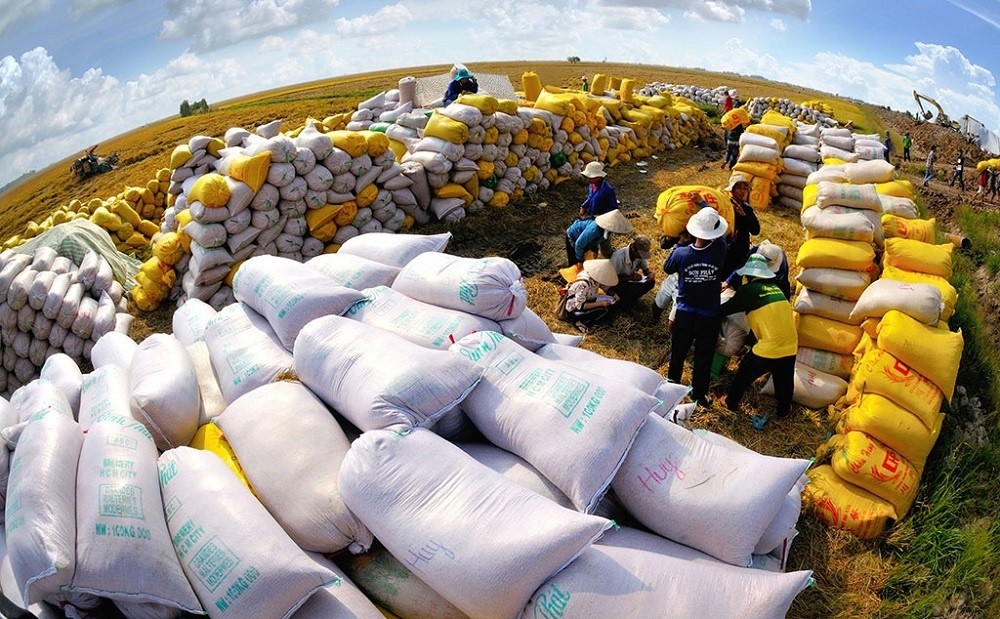
Green production a way for Vietnam to promote agricultural development
Latest
 |
| Science, technology and innovation is contributing more than 30% to the added value of the agricultural sector. (Photo: VNA) |
The agricultural sector is speeding up restructuring towards a circular and green agriculture to adapt to the global green consumption trend, promote exports and join hands in realising the goal of net-zero emissions by 2050, said authorities.
Minister of Agriculture and Rural Development Le Minh Hoan said that consumers around the world are paying greater attention to the way a product is made, and whether it affects the environment and the health of the community, or violates standards of the world or not.
The official held that this is a chance to reposition the Vietnamese agricultural sector in the global green growth situation.
He underlined that the ongoing project to promote sustainable development of 1 million hectares of high-quality and low-carbon emission rice farms in association with green growth in the Mekong Delta region until 2030 has been highly evaluated by international organisations as the first of its kind in the world and a future model for the promotion of the green agriculture.
The project aims to build an ecosystem for the rice sector with the combination between output and quality improvement. Many new policies have been applied during the implementation of the project, including the payment of carbon credits based on results, the association of low emission production with green growth, the development of a circular agricultural economy with the optimisation of by-products from rice production, aiming to push green development, reduce emissions, and increase quality, making it a trademark of Vietnamese rice.
Alongside, the agricultural industry has also renovated the production of farm produce from researching varieties to developing standardised material region, thus forming large-scale production areas, while strengthening the application of science and technology in producing clean and high quality products, said Nguyen Nhu Cuong, Director of the MARD’s Crop Production Department.
Currently, science, technology and innovation is contributing more than 30% to the added value of the agricultural sector.
The MARD is building a project to promote tye circular economy development in agriculture until 2030, which sets a target of 60% of by-product of cultivation activities is treated and reused, along with 80% of by-products of rice production. Meanwhile, 60% of farmer households and farms are expected to treat their waste.
To date, Vietnam has had over 800 names of biological pesticides. MARD Deputy Minister Hoang Trung said that the ministry is working to ensure biological pesticides account for 30% of the total number of the licenced in Vietnam, and organic fertilisers make up 30% of the total amount used in agricultural production.
In 2050, Vietnam expects 50% of farming areas using organic fertilisers. In the year, 100% materials included in agricultural by-products and domestic waste will be used to make organic fertilisers.
























